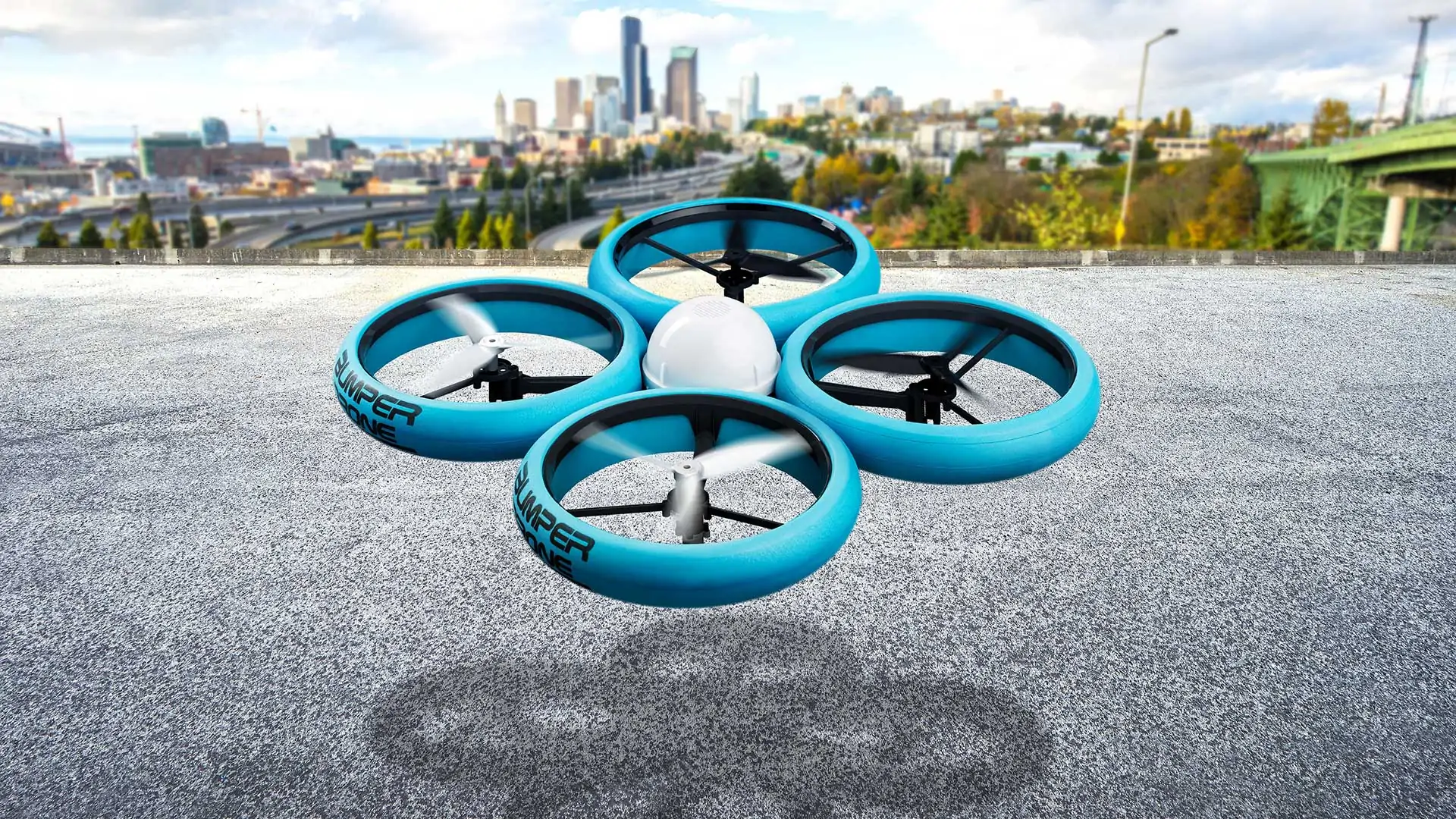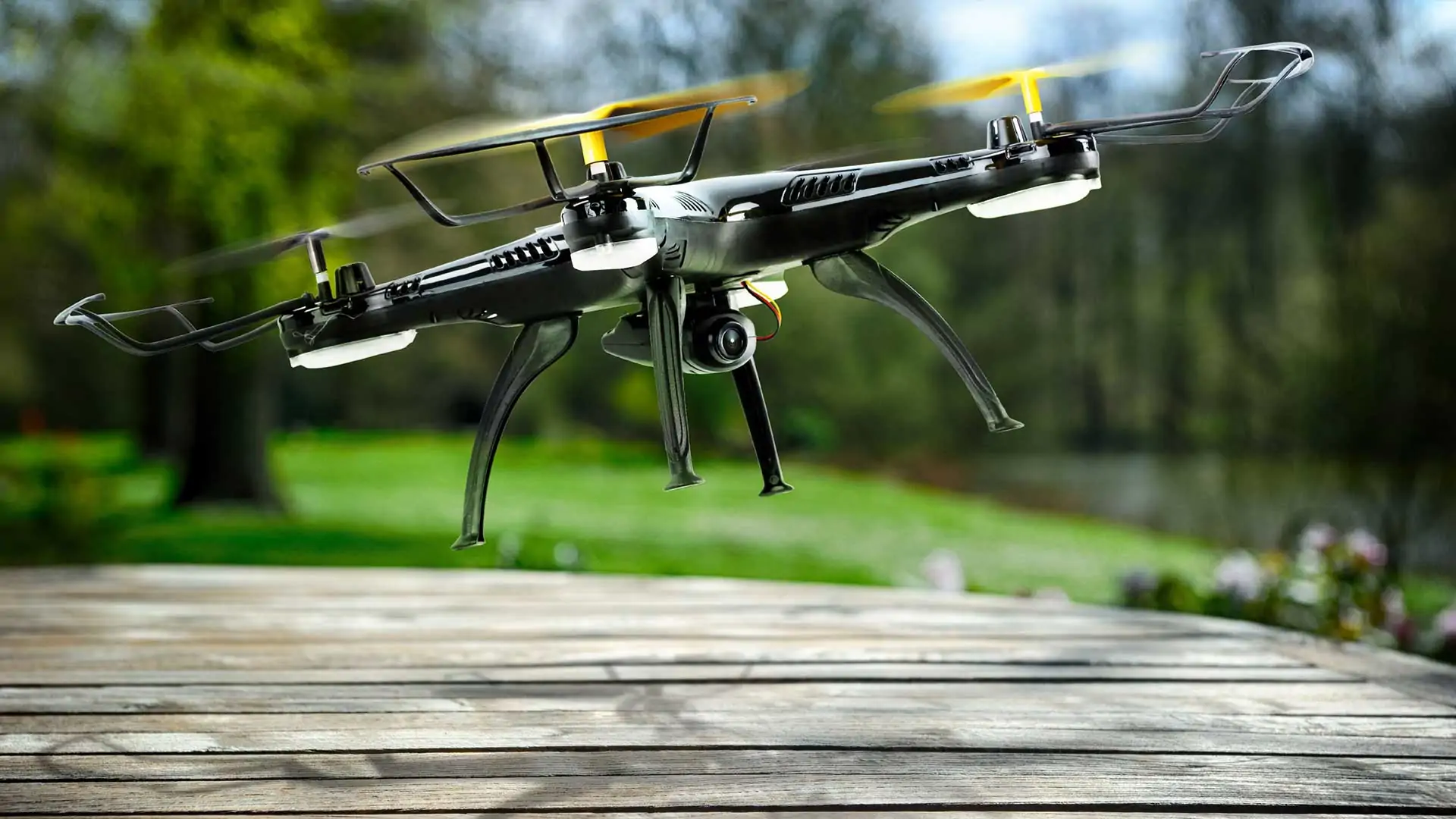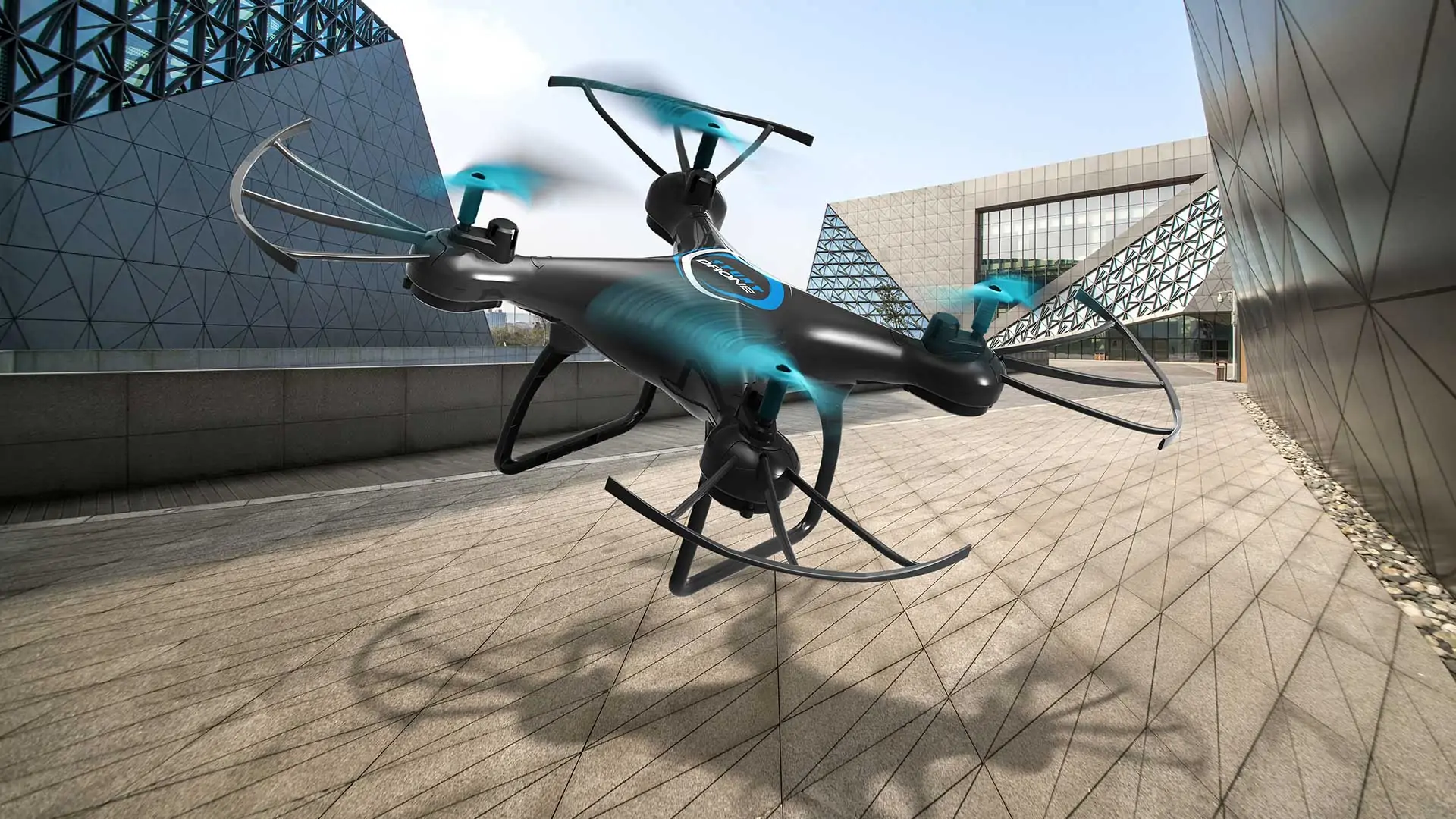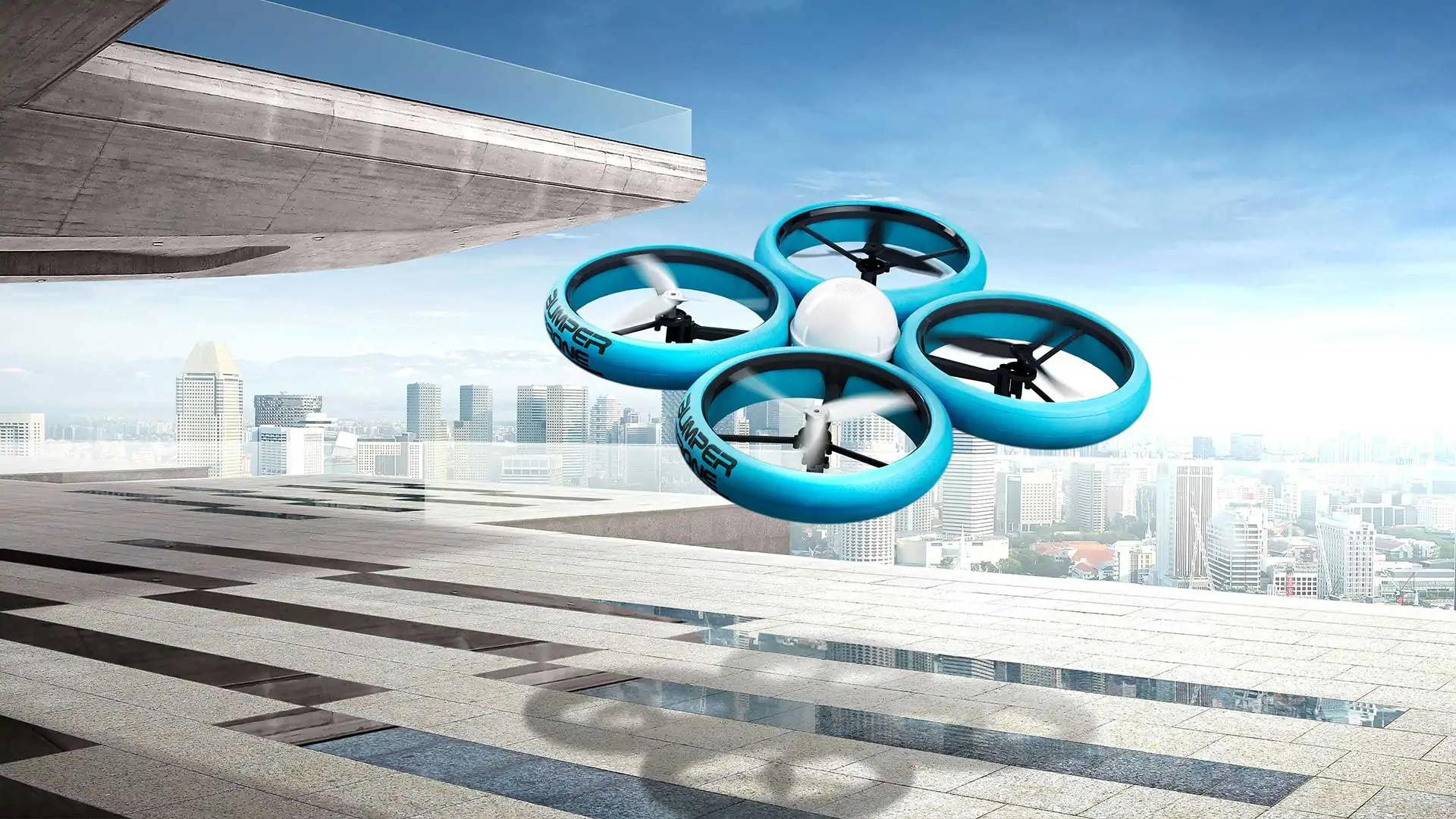Some people believe that they can fly (see: R. Kelly), but we believe that everyone can fly… a drone.
Now, they are all the rage at the moment, and they are getting cheaper and cheaper, come in different shapes and colors, and flying one is now even more fun and easier with so many options available. But bear in mind that you are still flying something – and regardless of how small the drone you are flying is, it can still prove dangerous if you do not know what you are doing, or forget about certain safety rules. Remember: throw the drone to the wind, not caution. Now, don’t be daunted by the word ‘safety rules’, there are not a lot, and they are easy to remember…and they are listed below for you to read before you embark on the drone flying journey:
1. Choose the right drone
We understand you may be tempted to choose the one which looks the best, but rest assured, every drone looks cool, plus when it’s high in the sky no one can tell a difference. Fashion is important, but so is function, so if you are a beginner, what you want to look for in a drone, though, is if it’s one that is easy to fly. Look for the models that are for the beginners, so you don’t end up feeling frustrated your drone is not doing what you want it to do.
Also, don’t judge the difficulty level by the sizes – small drones don’t mean they are easier to fly.
2. Understand the laws and regulations of unmanned aerial vehicles (UAVs) in your area
Yes, there are laws and regulations in place for UAVs, and every city / area probably has their own specific rules, so make sure you do not break any because doing so can put others in danger, and yourself in litigious troubles. Remember, just because you’re in the open doesn’t mean you can do anything with your drone, from flying heights to area restriction, make sure you do not miss any when it comes to drone flying rules.
3. Learn how UAVs work
Flying a UAV can be an unfamiliar territory for many, but there are materials provided to get yourself up to speed with how one works. Your drone should also come with a manual, be sure to have a read. You may want to do some research and reviews about the drone you are about to buy, so you have a better understanding of what you will be dealing with, and more importantly, if the difficulty is too high or not.
4. Practice, practice, practice
Does practice make perfect? We don’t know, but after knowing how your drone is supposed to work, we should put theory into practice by learning the basics. Find a large area free of obstacles so you know what each button does. Avoid crowded places. Once you feel comfortable you get a hang of it, you can slowly advance to more challenging environments.
5. Flying and landing – they require extra attention
Starting and landing are not as easy as they seem, and doing neither well may result in a drone crash or worse, an injury. So when you practice, be sure to pay attention to those two stages, because it’s when the drone is closest to you while in operation.
6. Never let your drone out of sight
Out of sight, out of mind. You have to make sure your attention is glued to the drone, otherwise it may be too late for you to maneuver it out of obstacles or hazards, or worst, flying into no-fly area and get yourself into trouble.
7. Use automatic mode
Sometimes, it’s okay to take the easy route. Drones have the ability to fly safely when in automatic mode, so if you feel a bit less confident when it gets too close to obstacles or you feel like you’re not controlling it well, put it in automatic mode.
8. Learn how to manoeuvre it in all circumstances
Remember when we told you about throwing drones to the wind? Well, don’t do that. Windy conditions make stable flying a bigger challenge. Your drone will enjoy a breeze, but a gust? Consider rescheduling your flying day and stay at home binge watching Netflix shows instead.
9. Plan your camera’s movement well
One of the reasons why people love using drones is that you can take pictures or films from high above. However, if you want to take great shots, you will need to understand the route and the surroundings, otherwise you may end up taking a bunch of shots that just don’t look pretty. Do your research and plan well based on your need, abilities, and the drone you’re flying.
10. Never touch the propellers with your hands
You may think it’s safe when the propellers are slowing down, but you need to remember they can fly up so high because they are made of durable materials, so never touch them unless they are still because they pose a danger even if they are not spinning fast.
Now you have a checklist of how you can fly your drone high and safe, to reward your effort, why not feast your eyes on these drones perfect for beginners?
Made with an anti-shock material, it is perfect for those who think they are just clumsy and their drones are bound to take a few hits. With the Bumper Drone, there’s no risk at all because it doesn’t mind bouncing on walls or even scrubbing objects!

Say the reason why you want a drone so bad because you want to take pictures in the sky – Spy Racer exactly fits the need then. With a press of a button, it does what you want it to do. Plus, it comes with spare rotors, so you can fly with a peace of mind that you can get it flying high again even if the rotor stops working.
https://silverlit.com/a/84842-black


If you want your drone to do stunts to wow people, this is the one: it does the trick by performing different stunt actions.
https://silverlit.com/a/84841-blue


Now with the knowledge of how to fly it safe and fun, all you need is to get a drone to understand what all the fuss is about, so check out our website and start your drone flying journey now!



